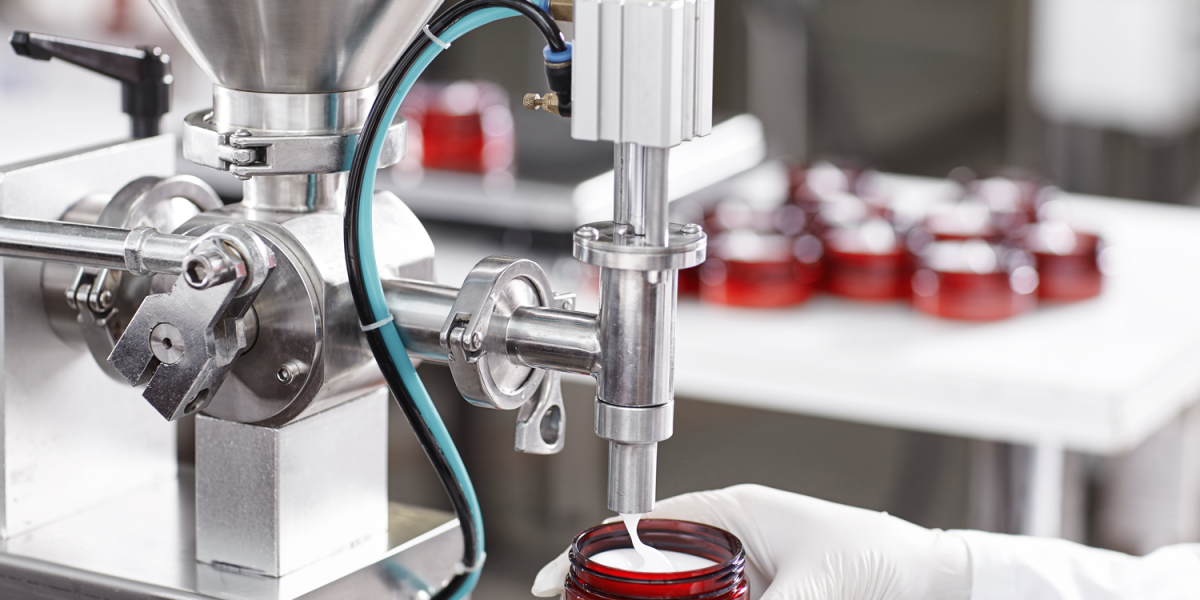You are here

Introduction
Worker safety is paramount in any industry, particularly for organizations that utilize regulated chemicals. Often referred to as “forever chemicals,” the presence of per- and polyfluoroalkyl substances (PFAS) in products and materials is prompting organizations to adopt proactive measures to safeguard their workers and the users of their products from harm. Just think about when older non-stick pans were not safe to cook with. What do you purchase now?
Maintaining accurate and up-to-date Safety Data Sheets (SDSs) for PFAS is a vital strategy. SDSs are essential documents that provide crucial information about the hazards, composition, safe handling and emergency response measures for chemicals used in products and materials. By screening SDSs for PFAS, organizations can identify potential risks and take appropriate precautions to protect their workers.
In this article, we explore how SDS screening for PFAS can ensure worker safety. Below are 10 crucial examples:
- Cleaning Products: SDSs for cleaning products used in workplaces often contain information about PFAS content. Screening these documents can help identify products that might expose workers to PFAS during cleaning activities.
- Adhesives and Sealants: Adhesives and sealants in construction and manufacturing might contain PFAS. By screening SDSs, workers can be informed about the presence of PFAS and take necessary precautions.
- Firefighting Foam: Certain firefighting foams contain PFAS, which can pose risks to firefighters. Screening SDSs ensures that workers handling these foams are aware of potential exposure risks.
- Textile and Clothing Manufacturing: Textile products with water or stain-resistant coatings often contain PFAS. Screening SDSs helps workers handling these materials take appropriate precautions during production.
- Electronics Manufacturing: Some electronic components are coated with PFAS-containing materials. By screening SDSs, workers can protect themselves from potential PFAS exposure during assembly and maintenance.
- Food Service: In the food industry, SDSs for food packaging materials should be screened to identify any PFAS content that could migrate into food.
- Automotive Industry: Auto repair and manufacturing might involve PFAS-containing materials. By screening SDSs, workers can minimize exposure risks during tasks like painting, sealing and repairing.
- Construction Materials: SDSs for construction materials like waterproofing products and coatings should be screened for PFAS content, as workers may encounter these materials on job sites.
- Healthcare and Medical Devices: Medical products with PFAS coatings or components can pose risks to healthcare workers. SDS screening ensures that these workers are informed and can take protective measures.
- Cosmetics and Personal Care: Workers in cosmetic and personal care industries should be aware of PFAS-containing ingredients in the products they handle. Screening SDSs helps identify such ingredients.
Benefits of SDS screening include:
- Informed Decision-Making: Workers armed with knowledge from screened SDSs can make informed decisions about handling, personal protective equipment (PPE) and emergency response processes.
- Risk Minimization: SDS screening allows organizations to minimize potential PFAS exposure risks and prevent health hazards.
- Compliance: By screening SDSs, organizations can adhere to regulatory requirements related to chemical exposure and worker safety.
Conclusion
Prioritizing worker safety involves proactive measures to prevent exposure to harmful substances like PFAS. SDS screening is a powerful tool that empowers workers with vital knowledge about the presence of PFAS in products and materials that they handle. By identifying potential risks and taking appropriate precautions, organizations demonstrate their commitment to ensuring the well-being of their workforce.
Check our 3E Regulatory Compliance Tracker for frequent updates on key product safety and chemical compliance regulations, requirements and deadlines. Bookmark this free tool today!

 Top
Top